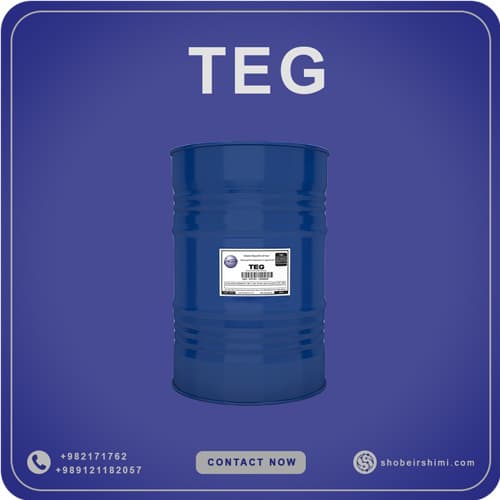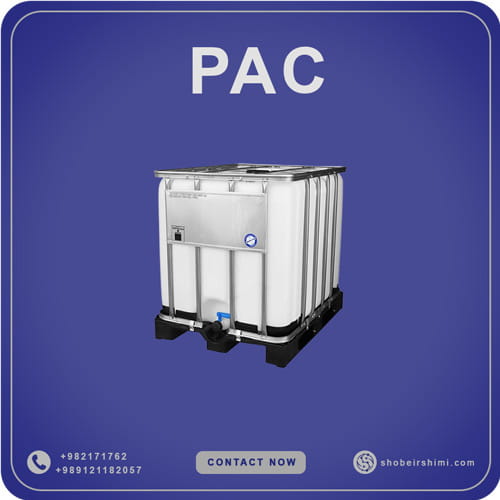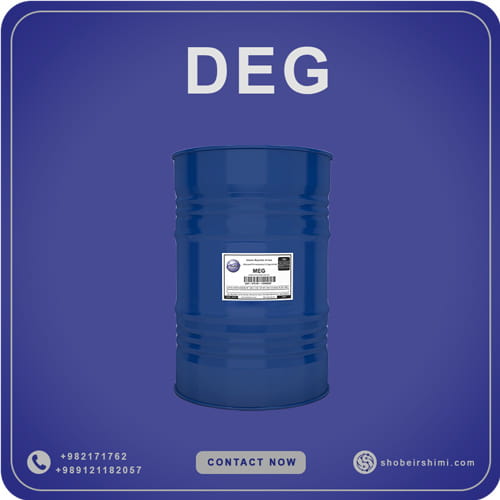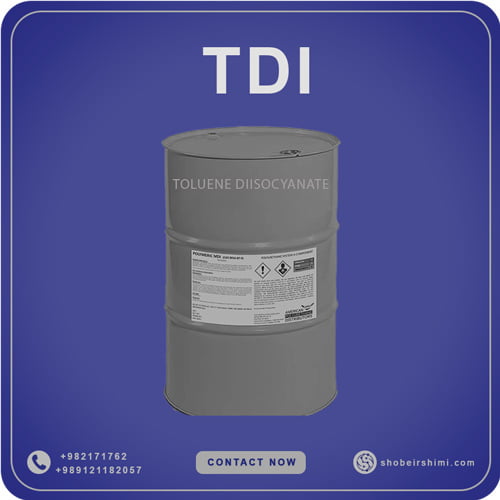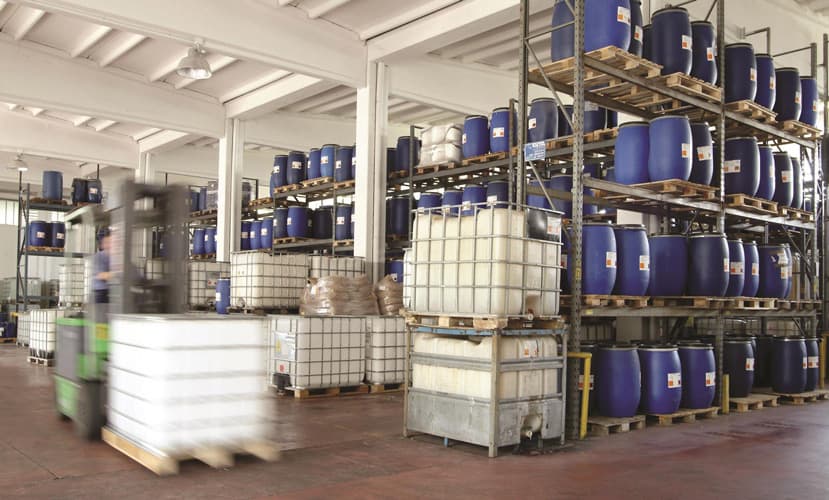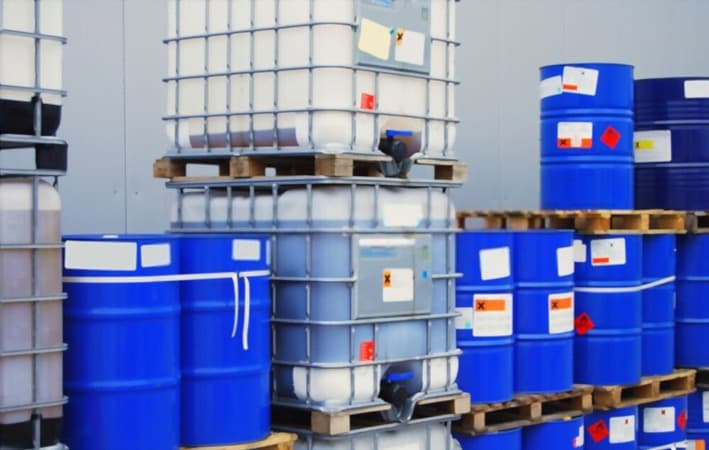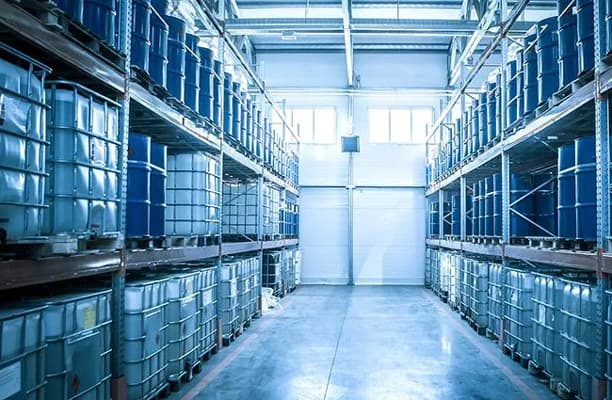Petrochemical Products
The petrochemical products originate from crude oil and natural gas. These products are obtained from the hydrocarbons found in these sources through refining and chemical processes. They are the basis for the production of chemicals, plastics, and synthetic fibers.
The petrochemicals products play a vital and widespread role in human daily life and have penetrated aspects of modern life. They are used in the production of plastics, medicines, detergents, fertilizers, synthetic fibers, and medical devices. Chemical products are the basis for the development of technology, health, agriculture, industry, transportation, and communications. By providing raw materials for various industries, these products improve the quality of life by increasing productivity, health, agriculture, and economic development. Modern life is unimaginable without these products.
In addition to oil, petrol chemical products are produced from sources like natural gas, coal, biomass (wood and agricultural waste like corn, palm fruit, sugarcane), and renewable sources such as bioethanol and vegetable oils. These alternative sources help reduce dependence on oil and are environmentally sustainable.
A Brief History of the Petrochemical Industry
The petrochemical industry began in the early 20th century, using derivatives of oil and gas. The first industrial production of isopropyl alcohol was carried out in 1920 by the Standard Oil Company. It was produced from propylene, a petroleum derivative, and marked the beginning of the expansion of diverse petrochemical products.
The growth spurt of the petrochemical industry products occurred after World War II, in the 1950s and 1960s. During this period, with the advancement of technology and the increasing demand for plastics, fertilizers, detergents, and fuels, extensive investments were made in this industry. After that, petrochemicals became one of the main pillars of the global economy.
The names and years of production of key Petro chemical products are listed below:
Major Classes and Primary Petrochemicals
In crude oil refining, first, light and heavy components are separated by distillation. Petrochemical raw materials such as Common Petrochemical Products, Olefins, Aromatics, and Other Primary Petrochemicals are obtained from this process. These materials are converted into various chemical products such as plastics, fibers, and solvents in petrochemical units by performing reactions like cracking.
-
Olefins:
Definition: Olefins are a group of unsaturated hydrocarbons with one or more double bonds between carbon atoms, such as ethylene and propylene. They are Basic materials of petrochemical and are used in the production of plastics, fibers, and solvents.
Production: Olefins, such as ethylene and propylene, are produced through the process of thermal cracking, in which materials such as ethane, propane, or naphtha are broken down at high temperatures to form smaller molecules, including olefins.
-
Ethylene and Its Derivatives:
Properties and Uses: Ethylene is a colorless, flammable gas with a sweet odor. It is highly reactive and plays a key role in the petrochemical industry. Its main uses are in the production of polyethylene, antifreeze, solvents, synthetic fibers, and as a plant growth hormone.
Derivatives: The petrochemical products list is as follows:
Other Primary Petrochemicals:
-
Propylene and Its Derivatives
Properties and Uses: Propylene is a colorless, flammable gas derived from petroleum or natural gas. Its properties include high reactivity and the ability to polymerize. Its applications include the production of polypropylene, industrial alcohols, acrylonitrile, solvents, synthetic fibers, resins, packaging products, automotive, and household appliances.
Derivatives:
Synthesis Gas is one of the primary petrochemical products produced from a combination of carbon monoxide and hydrogen. It is used in the production of methanol, formaldehyde, other chemical compounds, and ammonia. Additionally, methane, ethane, propane, and butane are extracted from natural gas processing facilities.
Aromatic
Aromatics are a group of petrochemical products and organic compounds that have a ring structure with stable conjugated bonds, such as benzene, toluene, and xylene. These compounds are the basis of chemical products, dyes, plastics, pharmaceuticals, resins, and explosives.
Production: Aromatics are produced through crude oil refining processes such as catalytic reforming, thermal cracking, and hydrocracking. In these processes, lighter hydrocarbon compounds are converted into aromatic rings.
Benzene and Its Derivatives:
- Properties and Uses:
- Derivatives:
Toluene and Its Derivatives:
- Properties and Uses: Toluene is a colorless, odorless, flammable liquid. It is used as a solvent in paints, adhesives, and inks, and in the production of benzene, TNT, pharmaceuticals, and chemicals.
- Derivatives:
| Derivatives of toluene | The uses |
| toluene diisocyanate (TDI) | polyurethanes |
| benzoic acid, | food preservative, cosmetics, pharmaceuticals, plastics, dyes |
| caprolactam | nylon 6, which is used in textiles, carpets, plastics, automotive parts, industrial fibers |
Xylenes and Their Derivatives:
- Properties and Uses: Xylenes are aromatic, colorless, flammable liquids with a sweet odor. They are used as solvents in the production of paints, adhesives, inks, plastics, synthetic fibers, and resins.
- Derivatives: Phthalic acid (from ortho-xylene), phthalic anhydride, terephthalic acid (from para-xylene, used for PET polyesters), dimethyl terephthalate, purified terephthalic acid, isophthalic acid, alkyd resins, polyamide resins, unsaturated polyesters.
Common petrochemical products in Daily Life (Applications)
Applications of common petrochemical products are as follows:
- Healthcare/Medical: Plastics for syringes, IV bags, and surgical gloves; pharmaceuticals derived from chemical intermediates; disinfectants, antiseptics, and solvents. The medical packaging materials ensure hygiene, sterility, and safety in treatment and storage.
- Food Industry: Plastic packaging, food preservatives, processing equipment coatings, refrigeration coolants, and cleaning agents, all of which help maintain food safety, extend shelf life, and ensure hygiene.
- Household & Personal Care: Detergents, shampoos, cosmetics, synthetic fragrances, cleaning agents, plastic containers, and packaging materials, all contributing to hygiene, convenience, and effective daily personal and home care.
- Agriculture: Fertilizers, pesticides, herbicides, plastic mulch films, irrigation pipes, greenhouse covers, and fuel for farming equipment.
- Building & Construction: Insulation, PVC pipes, paints, adhesives, sealants, roofing materials, flooring, and plastic-based fixtures.
- Arts, Crafts & Office Supplies: adhesives, synthetic paints, plastics, inks, markers, tapes, and packaging materials.
- Packaging: Polyethylene, polypropylene, polystyrene, and PET in bottles, films, containers, and foams. These materials provide durability, flexibility, moisture resistance, and lightweight protection for various goods.
- Textiles & Fibers: Polyester, nylon, acrylic, and spandex. These synthetic fibers are used in clothing, upholstery, carpets, and industrial fabrics.
- Automotive: Plastics, synthetic rubber, antifreeze, lubricants, adhesives, and foams for dashboards, tires, seats, fuel systems, insulation, and coatings.
Other Industrial & Specialty Chemicals
Other Industrial Chemicals include Adhesives, agrochemicals, corrosion control chemicals, electronic chemicals, flavorings, fragrances, and industrial gases. Also include inks, dyes, lubricants, catalysts, marine fuel oil, polymer additives, solvents, and rubber.
The petrochemical products examples are:
- Glycerin
- Urea
- Sulfur
- Acetic Acid
- Ammonium Sulfate
- Texapon (SLES)
- Calcium Chloride
- Sodium Bicarbonate
- Sodium Sulfate
- Sulfuric Acid
- Aluminum Sulfate
- Potassium Chloride
- Sodium Sulfide
- Sodium Hypochlorite
- LABSA
- Mono/Di/Triethylene Glycol
- Carbon Black
- Chlorinated Paraffin
- Caustic Soda/Sodium Hydroxide
- Petroleum Jelly
- Liquid Paraffin
- Polyethylene Wax
The Petrochemical Industry: Manufacturing and Economic Impact
The petrochemical products industry, with its large-scale production, plays an important role in economic growth. By providing raw materials for downstream industries, it creates employment, increases exports, attracts investment, and reduces dependence on imports, contributing to sustainable development and the promotion of national production.
- Major global locations: The Middle East includes Saudi Arabia, Qatar, the United Arab Emirates, and Iran. North America includes the United States (especially Texas, Louisiana, and the Gulf Coast) and Canada. Asia-Pacific includes China, India, South Korea, Japan, Singapore, and Thailand. Europe includes Germany, the Netherlands, Belgium, France, and the UK. South America includes Brazil and Argentina.
- Economic significance: It provides raw materials for industries such as plastics, textiles, pharmaceuticals, automotive, and packaging. This industry has a significant impact on the economic growth and industrial development of countries.
Environmental and Health Considerations (Criticisms)
Concerns from activists and scientists:
- Exposure to carcinogens: benzene, formaldehyde, and toluene
- Respiratory problems and allergies: due to inhalation of chemical vapors
- Hormonal and neurological disorders: as a result of long-term exposure to certain petrochemical compounds
- Impact on the health of industrial workers: due to direct contact with hazardous chemicals
Environmental impact:
- Air pollution: Emissions of greenhouse gases such as CO₂, methane, and volatile organic compounds (VOCs)
- Water and soil pollution: Leakage of chemicals and industrial waste into water and soil resources
- Ecosystem degradation: Damage to biodiversity due to toxic pollutants, oil, and gas spills
- Plastic waste production: Increasing non-biodegradable waste that pollutes the seas and threatens wildlife

